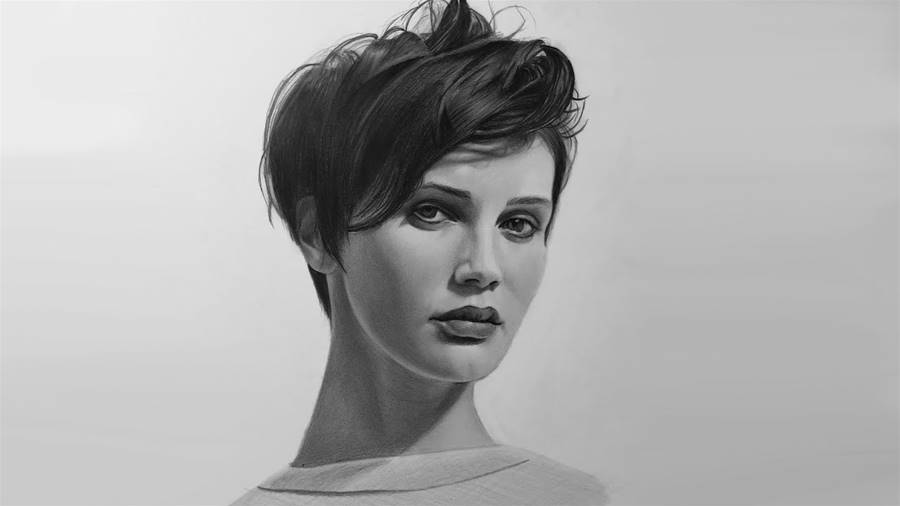
The article discusses the art of pencil drawing, specifically focusing on creating realistic portrait drawings using graphite pencils. The main idea of the article is to provide information and guidance on how to achieve a realistic portrait drawing using this medium.
The first aspect highlighted in the article is the importance of having the right materials. It suggests using high-quality graphite pencils of varying hardness, such as 2B, 4B, and 6B, to achieve different tones and textures in the drawing.
The article is not finished. Click on the next page to continue.
The article is not finished. Click on the next page to continue.
Next page


















